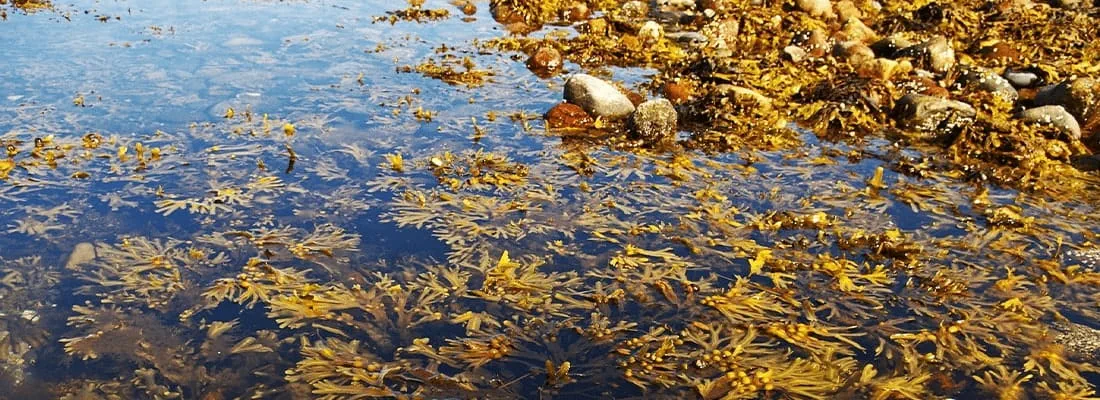The IMO GloFouling Project will be on the agenda at this year’s METSTRADE show, as part of the ongoing series of expert panel discussions around Sustainability issues; So, what is it all about? In broad terms, the preservation of biological diversity in the World’s oceans and waterways is absolutely critical for the future survival of the planet. Nowadays, it is seriously under threat due to a number of well documented factors, and these are inexorably linked to the activities of mankind. This might sound like a dramatic sweeping statement, but it is comprehensively backed up by an enormous body of current scientific evidence.What exactly is biodiversity, and why does it matter? The term biodiversity describes the rich diversity of life on Earth, from individual species to entire ecosystems. It was coined in 1985 as a contraction of ‘biological diversity.’ Since then further studies have revealed that the huge global biodiversity losses now becoming apparent, will constitute a crisis equaling, and quite possibly surpassing climate change. Deforestation, poaching, industrial farming and pollution are some of the ways in which the planet's natural ecosystems are being generally disrupted with devastating results. And crucially, the oceans which represent 70% of the Earth’s surface, are host to hundreds of thousands of seriously threatened biological species.
About invasive aquatic species
The introduction of invasive aquatic species to new environments by ships, yachts and offshore structures has been identified as a major threat to the world’s oceans, and to the conservation of biodiversity. A multitude of marine species can be carried either in ships’ ballast water or on the hulls of various vessels. When transported across oceans they may survive to establish a reproductive population in the host environment. They then become invasive, out-competing the original native species, and can go on to multiply into pest proportions.This phenomenon has intensified over the last few decades due to the expanded marine traffic volume, and with seaborne trade and vessel movements still increasing, the problem may not yet have peaked. In fact, quantitative data shows that the rate of bio-invasions is continuing to increase at an alarming rate, and new areas are being invaded all the time.
According to the IMO report on Biofouling, these species are causing enormous damage to biodiversity, and the natural environment, damaging infrastructure, and economically impacting industries that depend on the coastal and marine environment, such as tourism, aquaculture and fisheries. At recreational boating level, organisations such as the RYA (Royal Yachting Association) in the UK, have issued guidelines to boaters about what they term as ‘biosecurity.’ These include instructions to check boats and equipment for living species, cleaning all equipment with fresh water, antifouling of hulls annually, and ensuring that trailered boats and apparatus are drained of water and well dried.

Real life examples
Fast-growing species like Zebra mussels are already causing problems in many areas, blocking engine cooling water intakes resulting in engines over-heating. Didemnum vexillum, known as the Carpet Sea Squirt, has a smothering effect; covering aquatic habitats in thick sheet-like growths and interfering with fishery and aquaculture operations. An invasive strain of green seaweed ‘Caulerpa taxifolia’, known as Killer Algae, is native to the Indian and Pacific Oceans, and has escaped public and private aquariums in California, Japan, Australia, and Monaco. It has spread widely in the Mediterranean, replacing native plants and depriving marine life of food and habitat. Unfortunately, once established, non-native species become extremely difficult and expensive to eradicate.
GloFouling panel discussion at METSTRADE 2019
One of the IMO GolFouling project’s main tasks over a five-year period will be to develop best practices that may address the transfer of invasive aquatic species through improved biofouling management; not just from shipping, but from all marine sectors. Within our own sector there has been an ongoing debate about biocide content in antifouling coatings, also about control of preparation and application methods. At the same time, we have seen an emerging number of alternative (non-paint) concepts designed to control fouling below the water line, whilst aiming to reduce toxicity levels.
On Tuesday 19th November at the I-nnovationLab stage during METSTRADE, a panel of experts will explain more, and discuss what this all means for our industry going forward.

